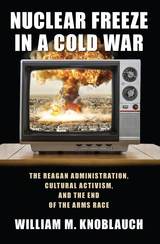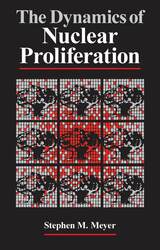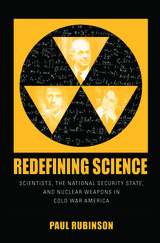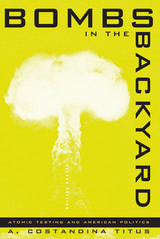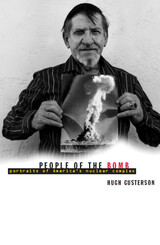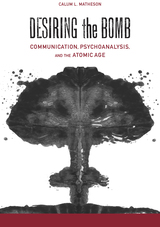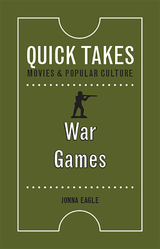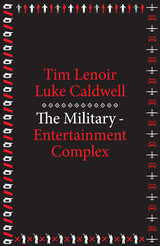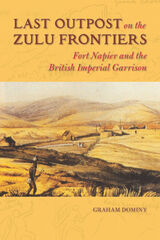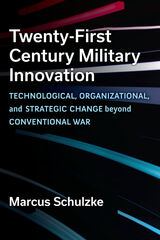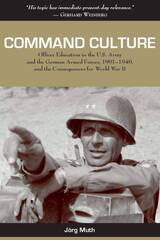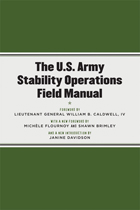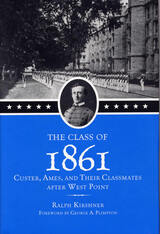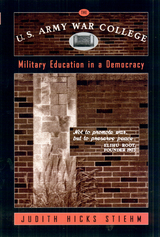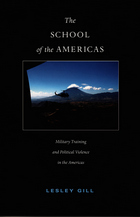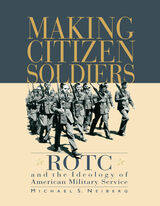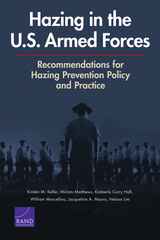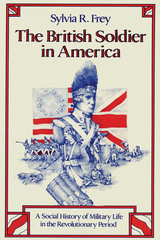Cloth: 978-0-674-94600-2
Library of Congress Classification U310.B73
Dewey Decimal Classification 355.48
This book is a fascinating examination of a subject that has enormous consequences but few initiates--the system of military combat simulations and their advocates in defense establishments. The scope and importance of this field may be hinted at each spring during budget debates, but until now no one has made a full public inquiry into the military studies, the analysis system, and the people behind these obscure enterprises.
How did war games come into vogue? Who designs the models that test and measure weapons capabilities--tests whose outcomes their supporters want to use to determine the allocation of millions of dollars, not to mention the deployment of U.S. armaments, around the globe? How are the potential uses of weapons studied when empirical testing is prohibitive or impossible? And what is the state of the war-gaming art and profession?
These are but a few of the crucial questions addressed and answered in this work. The authors interviewed and observed war-gaming professionals in depth, exploring the extent and status of gaming in the defense community and examining these in terms of purpose, means of production, operations, uses, benefits, and costs. Consequently, their book is not simply an analysis but a portrait of the profession. As such, it will serve not only as a blueprint for necessary improvements in the military area but also as the catalyst for future work in diverse areas, since the problems of largescale models examined in a war-game context are now being experienced in such newer fields as energy policy and urban planning.
See other books on: Critique | Political Science | Shubik, Martin | War games
See other titles from Harvard University Press



